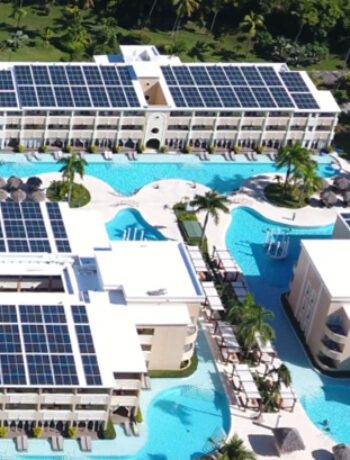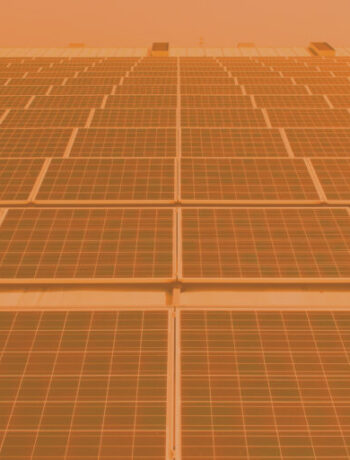Solar, Sooner
We develop smart rooftop mounting solutions for solar panels that create less hassle and more value for solar professionals. With two decades of experience and approximately 8GW of installed solar panels across the United States and Europe in 2022, we can proudly say we’re a global leader in our field.
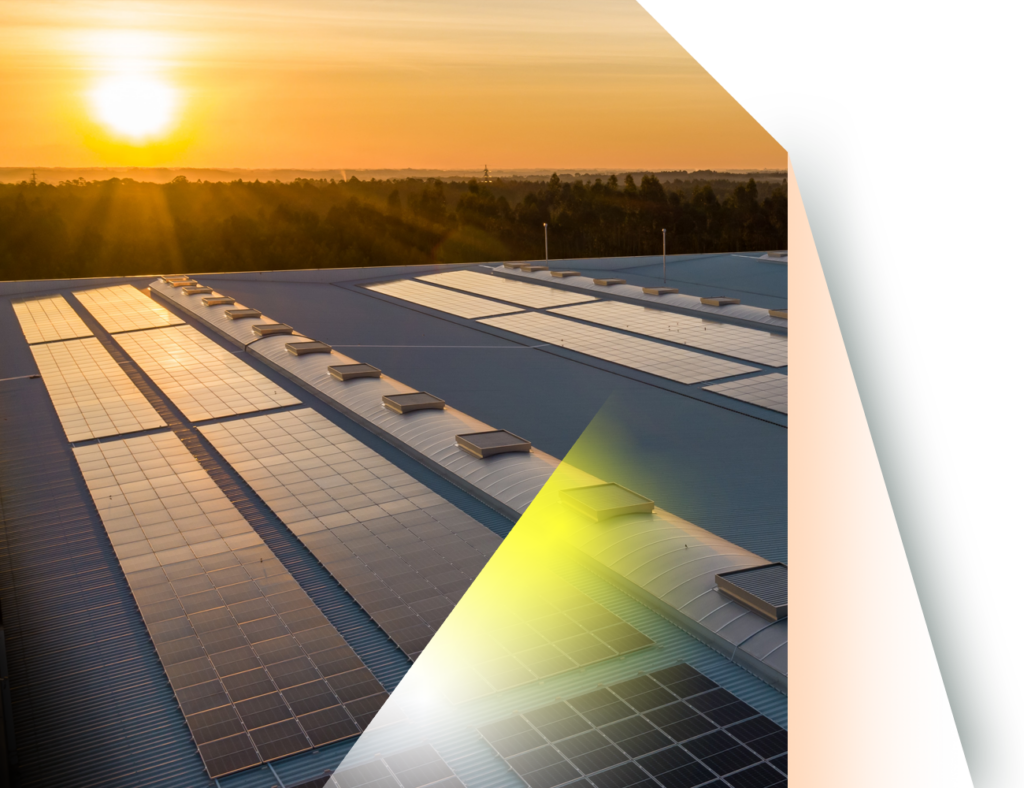
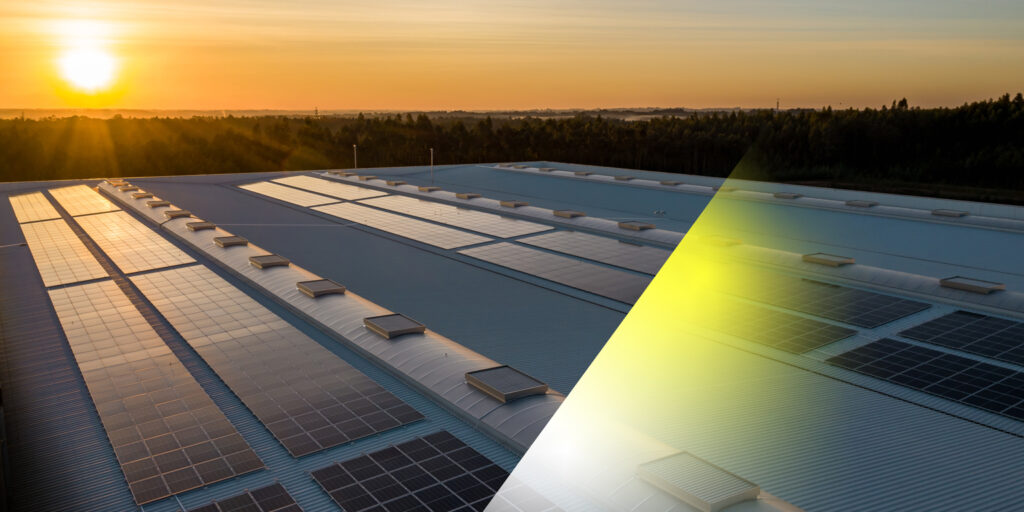
Accelerating Solar
At Enstall, our purpose is to accelerate the installation of solar to enable the global energy transition. We offer highly engineered, patented solar mounting products with top-notch support and training. Our products and solutions are all about making installations fast, safe and easy.
Our Brands
Our family of brands are here to give you dependable, long-lasting solutions that suit your needs. We operate in the United States and Europe, which means our global scale gives us the capacity to create cutting-edge, innovative solutions to speed up your installations. No matter what kind of roof, material, or environment you’re dealing with— we've got you covered.

BluBase has worked hand-in-hand with installers across Europe for over a decade, creating quick-to-install, intuitive rooftop racking solutions.

EcoFasten sells innovative rooftop PV racking solutions directly to some of North America’s largest installers.

PanelClaw is the number one flat roof PV racking solutions provider in North America, focusing exclusively on commercial and industrial applications.

CPX works with EPC companies in Europe to manage commercial and industrial and flat roof PV projects, featuring their popular Wave ballasted racking solution.
Leading the energy transition
Sustainability is engrained in our DNA. We're not just focused on creating sustainable products; we're also committed to reducing the carbon footprint across our entire supply chain. We embrace circularity practices, invest in our people, design sustainable products, and maintain transparency in our supply chain and governance.


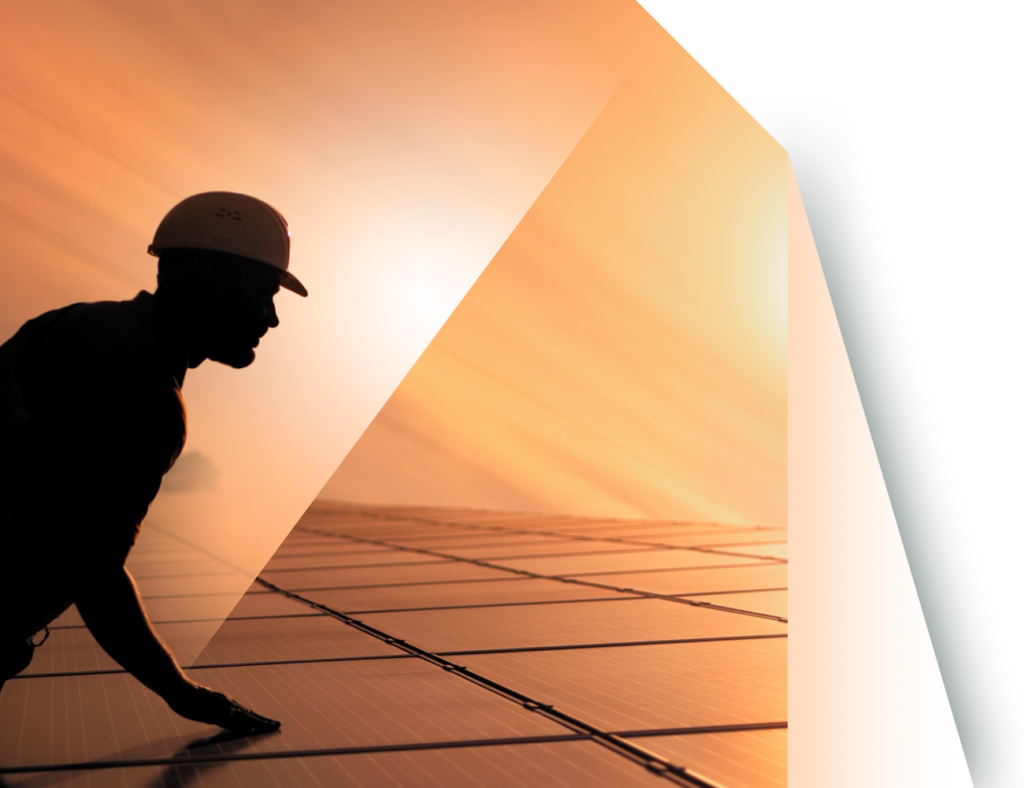
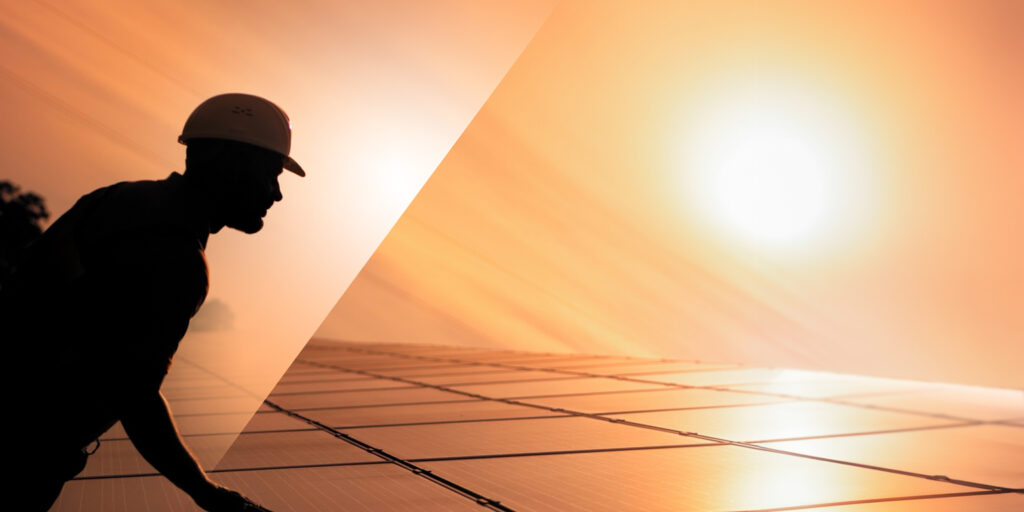
Bringing value to Solar Professionals
At Enstall, we're more than just a supplier to installers. We offer extensive support that goes beyond our products. Through rigorous research, product development, and innovation (RD&I), as well as testing and in-house certifications, we’re making products that provide cleaner and quicker installations.




